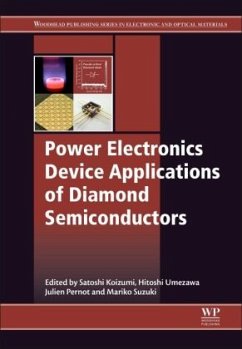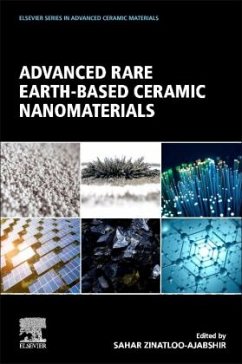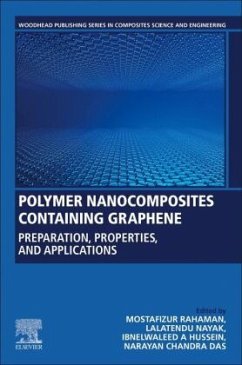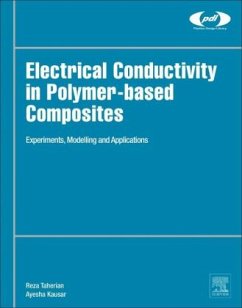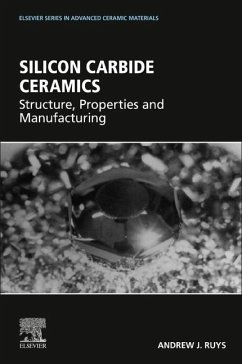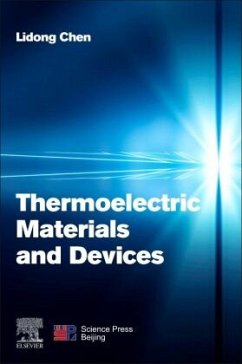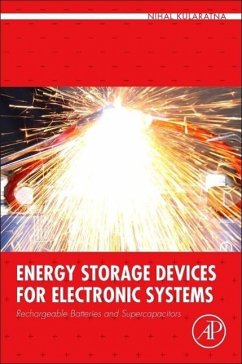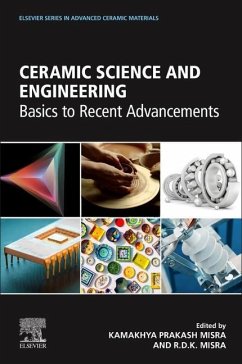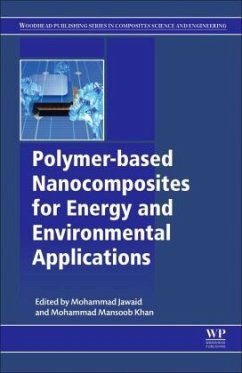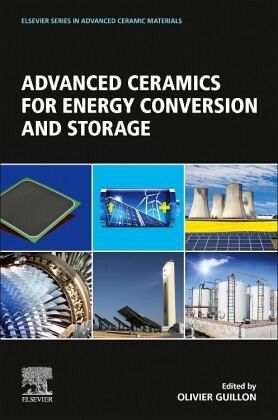
Advanced Ceramics for Energy Conversion and Storage

PAYBACK Punkte
116 °P sammeln!
In order to enable an affordable, sustainable, fossil-free future energy supply, research activities on relevant materials and related technologies have been intensified in recent years, Advanced Ceramics for Energy Conversion and Storage describes the current state-of-the-art concerning materials, properties, processes, and specific applications. Academic and industrial researchers, materials scientists, and engineers will be able to get a broad overview of the use of ceramics in energy applications, while at the same time become acquainted with the most recent developments in the field.With ...
In order to enable an affordable, sustainable, fossil-free future energy supply, research activities on relevant materials and related technologies have been intensified in recent years, Advanced Ceramics for Energy Conversion and Storage describes the current state-of-the-art concerning materials, properties, processes, and specific applications. Academic and industrial researchers, materials scientists, and engineers will be able to get a broad overview of the use of ceramics in energy applications, while at the same time become acquainted with the most recent developments in the field.
With chapters written by recognized experts working in their respective fields the book is a valuable reference source covering the following application areas: ceramic materials and coatings for gas turbines; heat storage and exchange materials for solar thermal energy; ceramics for nuclear energy; ceramics for energy harvesting (thermoelectrics, piezoelectrics, and sunlight conversion); ceramic gas separation membranes; solid oxide fuel cells and electrolysers; and electrochemical storage in battery cells.
Advanced Ceramics for Energy Conversion and Storage offers a sound base for understanding the complex requirements related to the technological fields and the ceramic materials that make them possible. The book is also suitable for people with a solid base in materials science and engineering that want to specialize in ceramics.
With chapters written by recognized experts working in their respective fields the book is a valuable reference source covering the following application areas: ceramic materials and coatings for gas turbines; heat storage and exchange materials for solar thermal energy; ceramics for nuclear energy; ceramics for energy harvesting (thermoelectrics, piezoelectrics, and sunlight conversion); ceramic gas separation membranes; solid oxide fuel cells and electrolysers; and electrochemical storage in battery cells.
Advanced Ceramics for Energy Conversion and Storage offers a sound base for understanding the complex requirements related to the technological fields and the ceramic materials that make them possible. The book is also suitable for people with a solid base in materials science and engineering that want to specialize in ceramics.




